Dances in Ecuador: A Journey through National and Regional Dances Across the Andes, Amazon Rainforest, and Pacific Coast
Introduction:
Ecuador, a country with diverse landscapes ranging from the towering Andes to the lush Amazon rainforest and the Pacific coastline, boasts a rich cultural tapestry reflected in its traditional dances. These dances are a vibrant expression of Ecuador’s indigenous roots, colonial history, and multicultural influences. From the iconic Pasillo to the energetic Bomba, Ecuadorian national and regional dances narrate tales of identity, heritage, and resilience. This exploration aims to unravel the intricacies of Ecuadorian dances, examining their origins, characteristics, and cultural significance.
I. National Dances:
1.1 Pasillo: The Soulful Melodies of Ecuador
Pasillo, often regarded as Ecuador’s national dance, is a soulful and expressive form of music and dance. Originating in the Andean region, Pasillo tells stories of love, nature, and everyday life through its poetic lyrics and graceful movements. Dancers often engage in intricate footwork, conveying the emotional nuances of the music. Pasillo has deep indigenous roots and has evolved to become a symbol of Ecuadorian cultural identity, celebrated in various regions across the country.
1.2 Sanjuanito: Andean Celebration in Three-Quarter Time
Sanjuanito, rooted in the indigenous traditions of the Andes, is a lively and colorful dance often associated with religious celebrations and festivals. Danced in a three-quarter time signature, Sanjuanito features energetic footwork, elaborate costumes, and vibrant choreography. The dance is a celebration of indigenous culture, with regional variations that highlight the diversity of Ecuador’s Andean communities.
II. Regional Dances:
2.1 Bomba: The Afro-Ecuadorian Rhythms of the Pacific Coast
Bomba, originating from the Afro-Ecuadorian communities along the Pacific Coast, is a dynamic and percussive dance that reflects the African influence on Ecuadorian culture. Accompanied by drum rhythms and call-and-response singing, Bomba is a celebration of rhythm, movement, and cultural identity. Dancers engage in intricate footwork and expressive gestures, creating a powerful and vibrant performance that resonates with the rich heritage of Afro-Ecuadorians.
2.2 Saraguro Dance: Indigenous Elegance in the Andes
The Saraguro people, an indigenous group in the southern Andes of Ecuador, have a distinct dance tradition that reflects their cultural identity. Saraguro Dance is characterized by graceful movements, intricate footwork, and colorful traditional attire. The dance often features symbolic gestures that convey stories of nature, spirituality, and the daily life of the Saraguro community.
2.3 Yumbo Dance: Cultural Fusion in the Amazon Rainforest
The Yumbo Dance, originating in the Amazon rainforest region of Ecuador, is a unique blend of indigenous, mestizo, and colonial influences. It is often performed during festivities and celebrations, showcasing the cultural diversity of the Amazonian communities. The dance involves intricate footwork, vibrant costumes, and symbolic movements that represent the fusion of different cultural elements in the region.
2.4 Danza de las Tijeras: Ritualistic Acrobatics in the Highlands
Danza de las Tijeras, or Scissors Dance, is a ritualistic and acrobatic dance that originated in the highlands of Ecuador, particularly among the Quechua-speaking communities. Dancers, known as “scissor dancers,” perform intricate footwork and acrobatic movements while holding a pair of scissors. The dance is often associated with religious ceremonies and serves as a demonstration of physical and spiritual prowess.
2.5 Awa Dance: Traditional Expression in the Coastal Lowlands
The Awa people, an indigenous group in the coastal lowlands of Ecuador, have a traditional dance that reflects their connection to nature and community. The Awa Dance involves rhythmic movements, hand clapping, and vibrant costumes adorned with natural materials. The dance is a cultural expression that connects the Awa people to their ancestral roots and the biodiversity of the coastal region.
III. Characteristics of Ecuadorian Dances:
3.1 Cultural Diversity: A Mosaic of Influences
Ecuadorian dances are characterized by a mosaic of cultural influences, reflecting the country’s diverse population and geographical landscapes. From the indigenous roots of Sanjuanito to the African rhythms of Bomba and the ritualistic elements of Danza de las Tijeras, Ecuadorian dances showcase a harmonious blend of cultural influences.
3.2 Symbolic Movements: Stories in Motion
Ecuadorian dances often feature symbolic movements that convey stories, traditions, and cultural narratives. Whether it’s the expressive footwork in Sanjuanito, the symbolic gestures of Saraguro Dance, or the acrobatic movements in Danza de las Tijeras, each dance becomes a visual storytelling medium that preserves and communicates cultural heritage.
3.3 Traditional Attire: Visual Expressions of Identity
Traditional attire plays a significant role in Ecuadorian dances, serving as visual expressions of cultural identity and regional diversity. The vibrant costumes of Sanjuanito, the elegant attire of Saraguro Dance, and the natural materials used in Awa Dance costumes contribute to the visual richness of each performance, reflecting the cultural nuances of different communities.
3.4 Community Participation: Shared Celebrations
Many Ecuadorian dances involve community participation, fostering a sense of shared celebration and identity. Whether it’s the communal rhythm of Bomba, the collective expression in Sanjuanito festivals, or the participatory nature of Yumbo Dance festivities, these dances strengthen the bonds within communities, making them integral to Ecuadorian social and cultural life.
3.5 Ritualistic Elements: Spiritual Connections
Several Ecuadorian dances retain ritualistic elements that connect them to spiritual practices and cultural traditions. The acrobatic and ritualistic aspects of Danza de las Tijeras, the spiritual symbolism in Saraguro Dance, and the ceremonial nature of Yumbo Dance highlight the profound spiritual connections embedded in Ecuadorian dance traditions.
IV. Influences and Evolution:
4.1 Indigenous Roots: Resilience and Continuity
Ecuadorian dances often find their roots in indigenous traditions, serving as a means of preserving ancestral knowledge and cultural practices. Sanjuanito’s celebration of Andean traditions, Saraguro Dance’s reflection of indigenous elegance, and Yumbo Dance’s fusion of cultural influences in the Amazon all demonstrate the resilience and continuity of indigenous heritage.
4.2 African Influences: Celebrating Afro-Ecuadorian Culture
The African influence, particularly evident in Bomba, highlights the celebration of Afro-Ecuadorian culture. Bomba’s rhythmic and percussive elements, along with its vibrant expressions, showcase the resilience and creativity of Afro-Ecuadorian communities, contributing to the rich cultural tapestry of the country.
4.3 Mestizo and Colonial Legacy: Fusion of Cultures
Ecuadorian dances also reflect the mestizo and colonial legacy, with influences from Spanish traditions and the fusion of cultural elements. Pasillo, with its European-inspired melodies, and Danza de las Tijeras, with its ritualistic elements from the colonial era, exemplify the cultural fusion that characterizes many Ecuadorian dances.
4.4 Contemporary Expressions: Adapting to Modern Contexts
While rooted in tradition, Ecuadorian dances continue to evolve, adapting to contemporary contexts. Folkloric dance groups, cultural institutions, and artists contribute to the revitalization of traditional dances, ensuring their relevance and accessibility to new generations. Contemporary expressions often blend traditional elements with modern aesthetics, reflecting the dynamic nature of Ecuadorian culture.
V. Conclusion:
Ecuador’s national and regional dances form a diverse and dynamic tapestry that reflects the country’s cultural richness, geographical diversity, and historical legacy. From the soulful melodies of Pasillo to the energetic rhythms of Bomba and the ritualistic movements of Danza de las Tijeras, each dance encapsulates a unique facet of Ecuador’s identity.
As Ecuador continues to evolve, its dances adapt to changing times while holding steadfast to the roots embedded in centuries-old traditions. The dance traditions of Ecuador are a testament to the resilience of its indigenous, African, and mestizo influences, inviting people to explore the stories, rhythms, and cultural expressions that define the nation. Through each movement, costume, and beat, Ecuador’s dances endure as living expressions of a rich and diverse cultural legacy, inviting the world to join in the celebration of its rhythmic narratives.


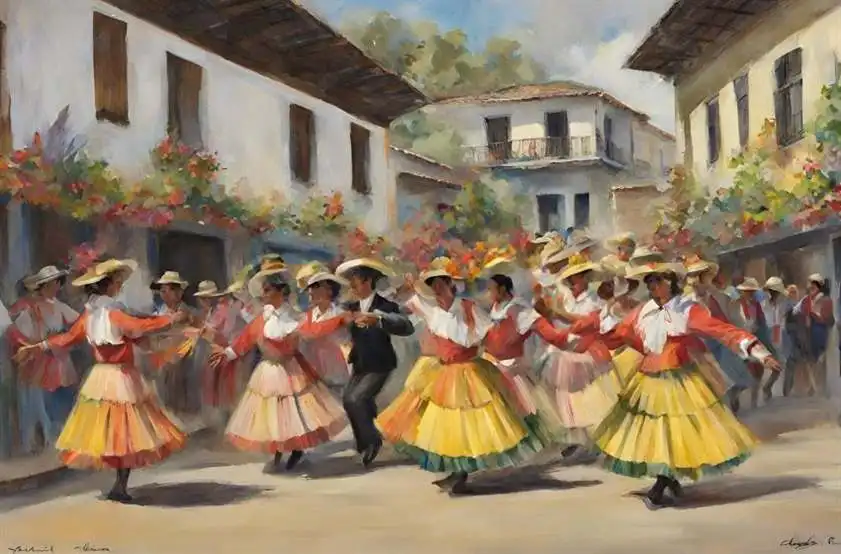
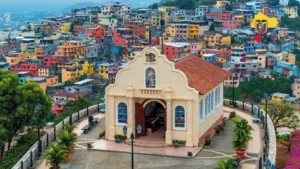
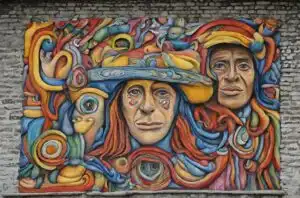
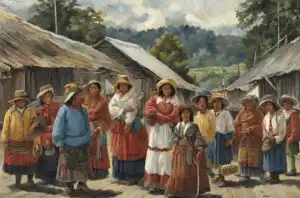
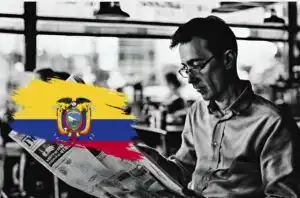
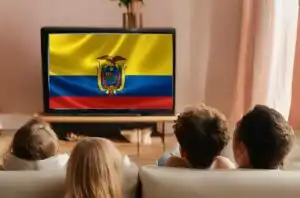



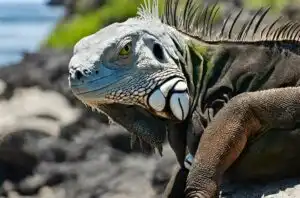
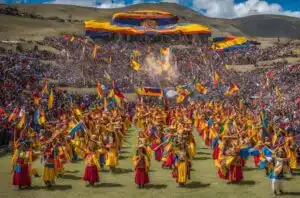
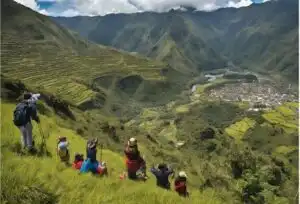


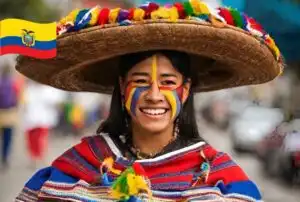

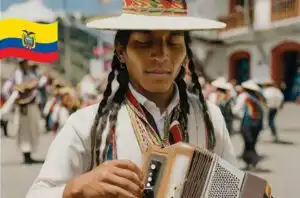



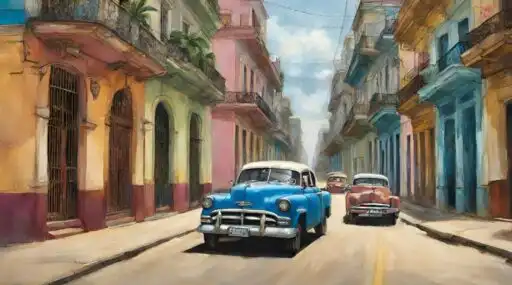


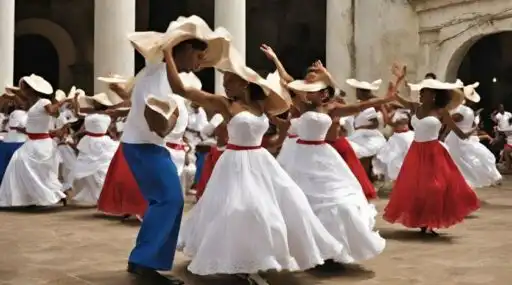
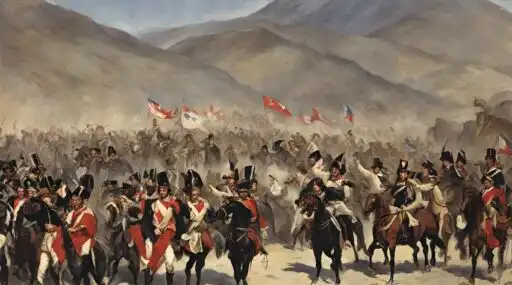

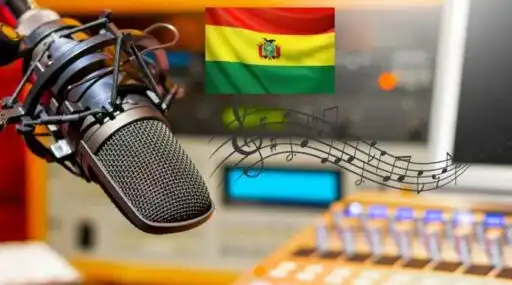


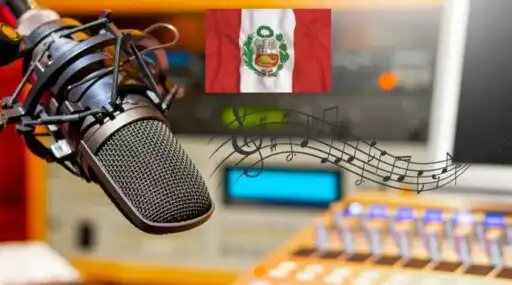
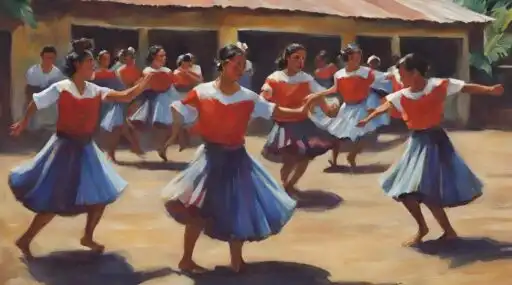

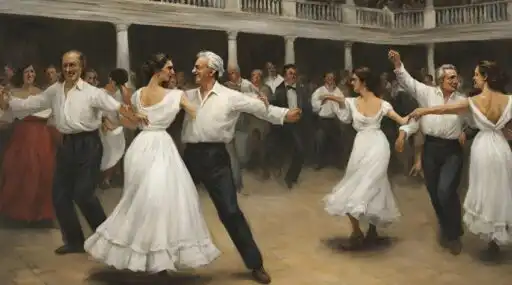





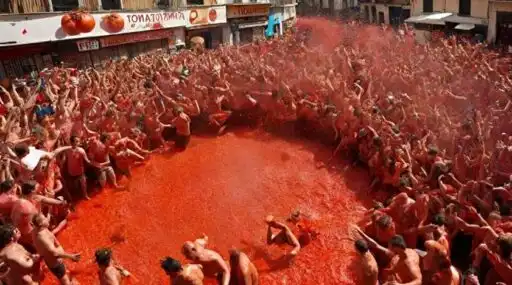
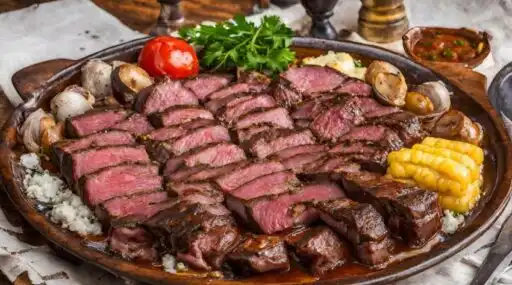





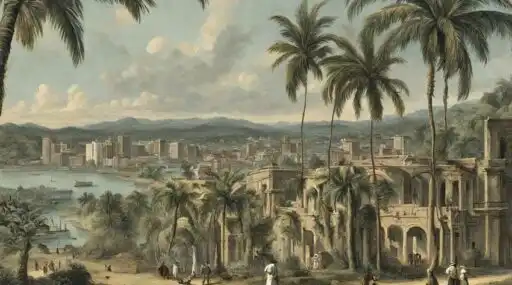
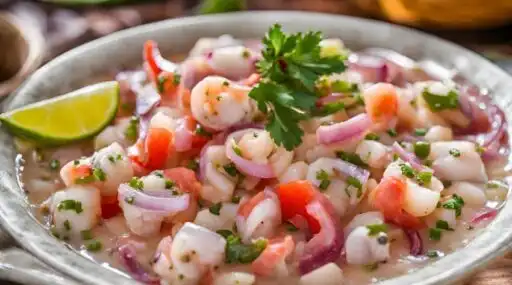
Leave a Reply